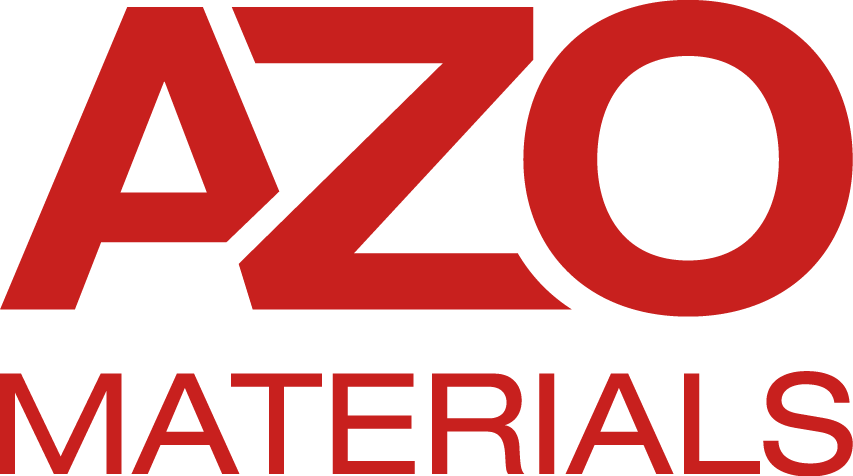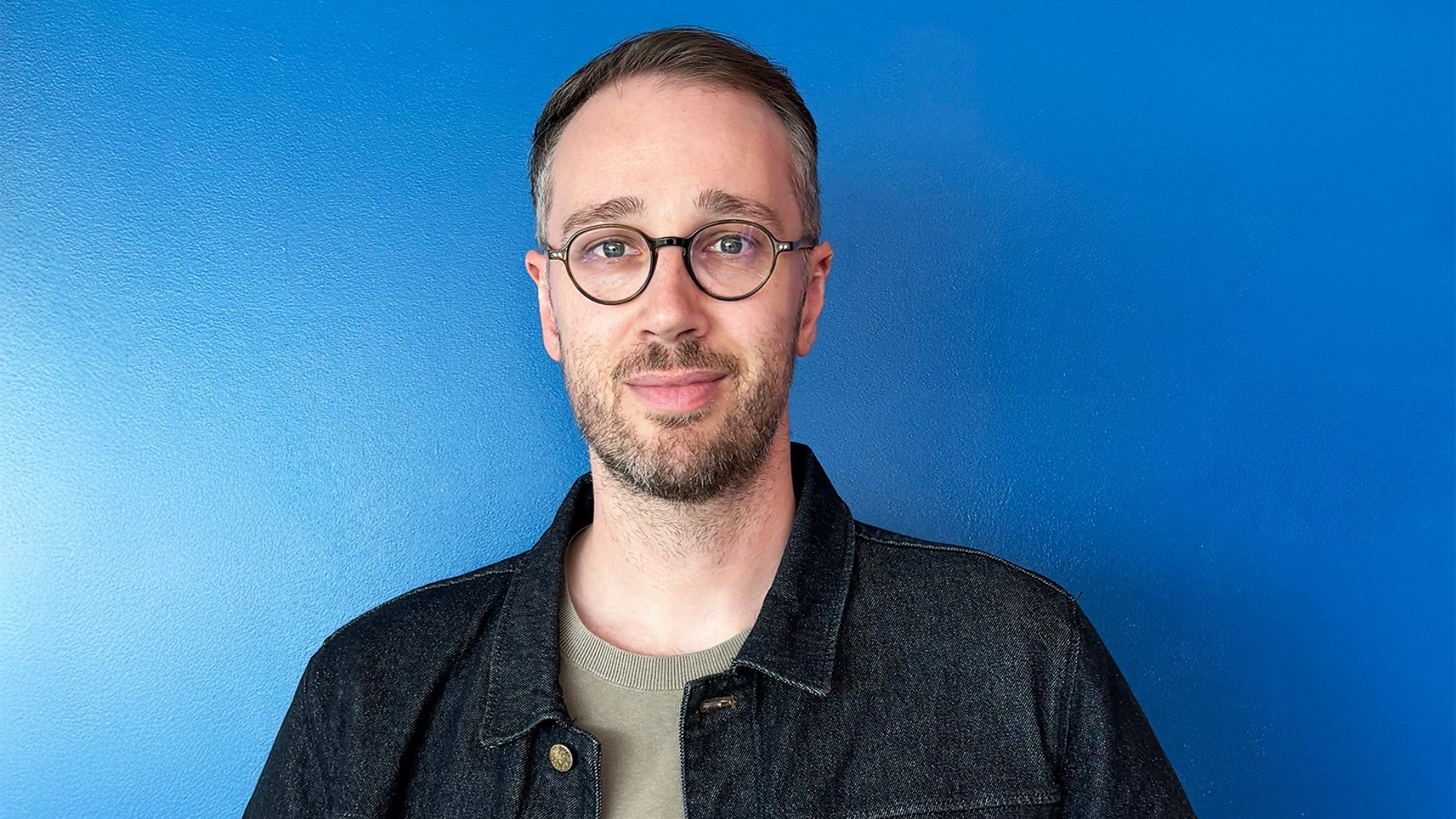Terms
While we only use edited and approved content for Azthena
answers, it may on occasions provide incorrect responses.
Please confirm any data provided with the related suppliers or
…

Terms
While we only use edited and approved content for Azthena
answers, it may on occasions provide incorrect responses.
Please confirm any data provided with the related suppliers or
…

Bradley Down has been appointed the new Head of Development for BBC Drama.
Bradley has worked as the Acting Head of Development for BBC Drama for the past six months and prior to that he was a Commissioning Executive on shows including…

We recognize you are attempting to access this website from a…

Terms
While we only use edited and approved content for Azthena
answers, it may on occasions provide incorrect responses.
Please confirm any data provided with the related suppliers or
…

Meanwhile, Morocco have grinded their way through to their maiden final, having stunned both Spain and Brazil in the group stage to top Group C and eventually make it to the grand finale.
A dramatic semi-final with France saw the match head to…

A city council is set to receive £3 million for a long-term lease of a property.
Coventry City Council agreed the 123-year-lease for the office building, situated on Binley Business Park, to Coventry Building Society at a full council meeting on…

Barbados
Burundi
Cambodia
Cape Verde Islands
Comoro Islands
Cook Islands
Djibouti
Dominica
Guinea-Bissau
Haiti
Kenya
Madagascar
Maldives
Micronesia
Montserrat
Mozambique
Nepal
Niue
Palau…

Blackwater divers plunge into the ocean in the dark of night and photograph what they illuminate with flashlights or other lights. Many of the animals featured in blackwater divers’ photos are drawn to the light and they are often small—less…

This season’s triathlon world champions will be decided on Sunday (19 October) as Wollongong hosts the 2025 World Triathlon Championship Series Finals.
It couldn’t be closer at the top of the women’s standings as France’s Cassandre Beaugrand and…